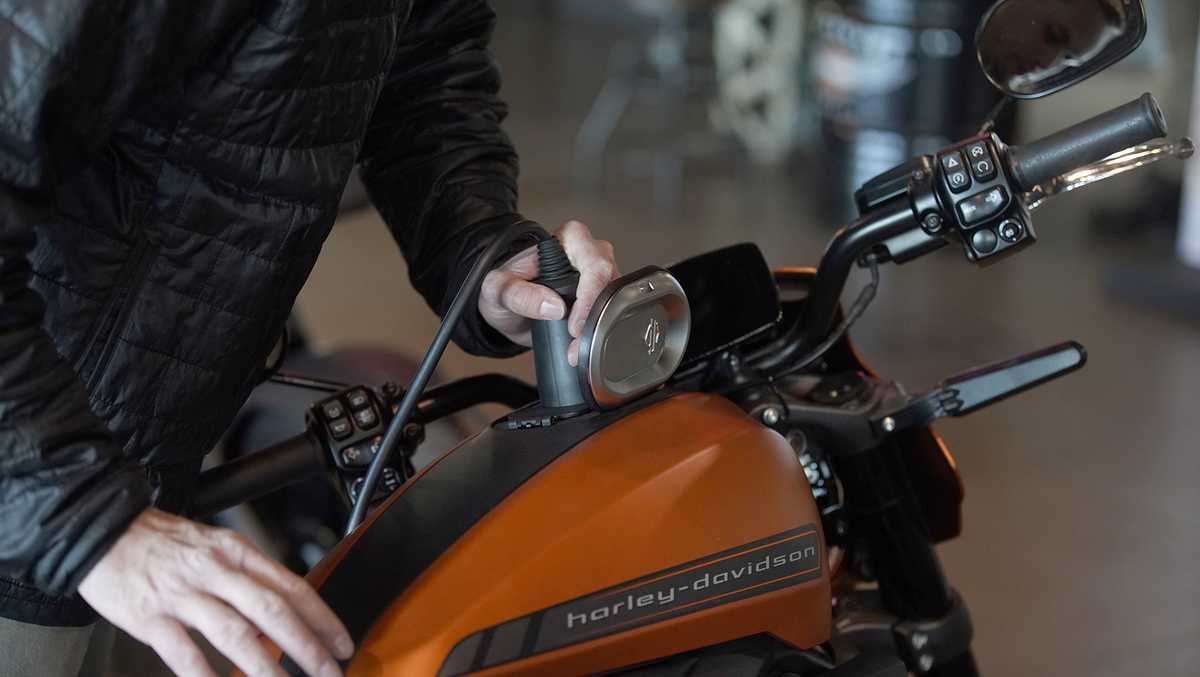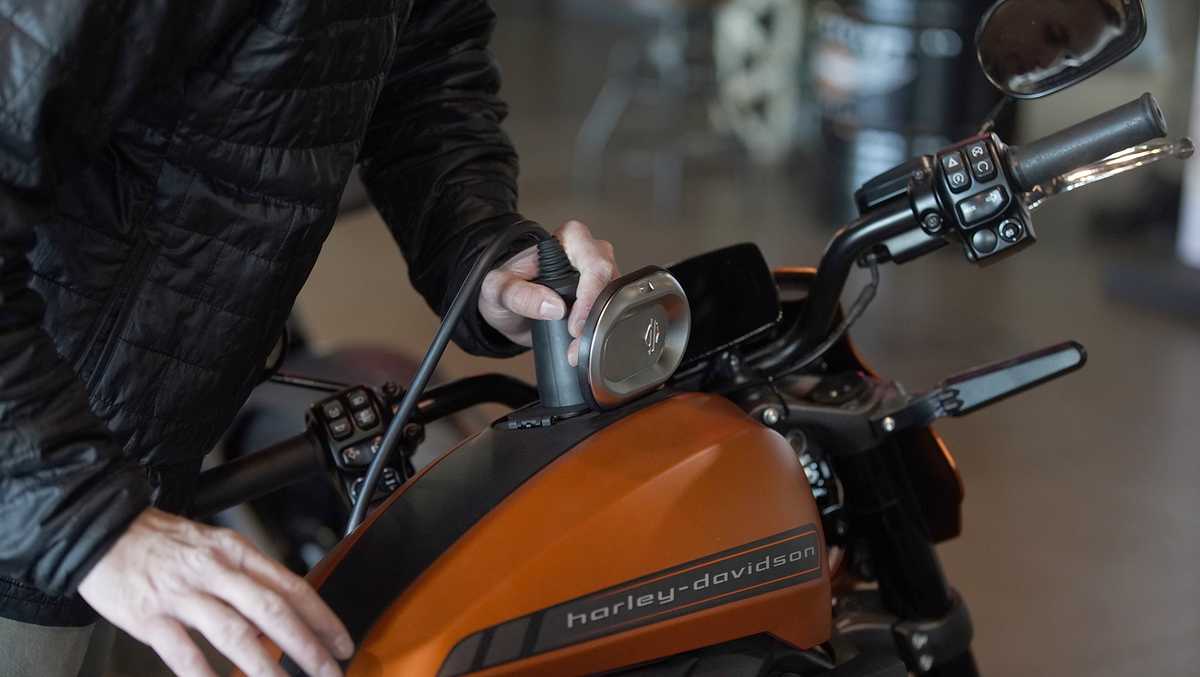The Rise of Electric Motorcycles: A Greener Future
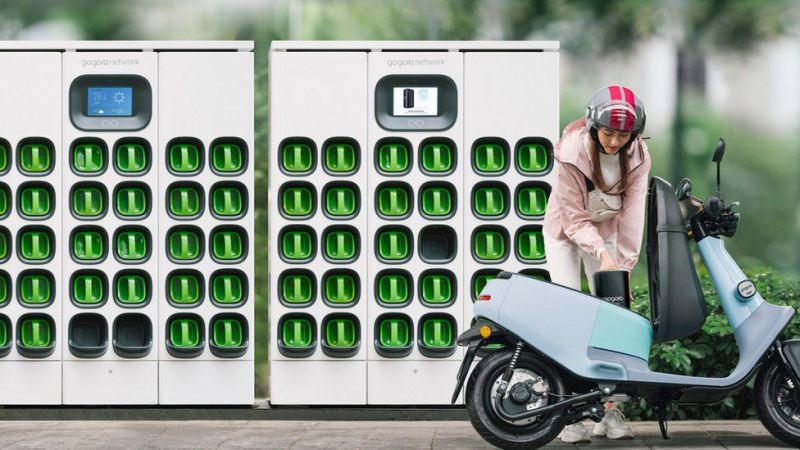
In recent years, there has been a noticeable shift in the world of motorcycles. Traditional gasoline-powered bikes are now sharing the roads with their electric counterparts. The rise of electric motorcycles signals a significant change in the way we view transportation and the future of mobility. In this article, we will explore the reasons behind the surge in popularity of electric motorcycles and the potential they hold for a greener future. Let’s dive into the electrifying world of two-wheeled eco-friendly transportation.
The Environmental Imperative
As concerns about climate change and air pollution continue to grow, the need for sustainable modes of transportation has become more evident. Electric motorcycles offer a cleaner and greener alternative to their gas-guzzling counterparts. By eliminating tailpipe emissions, these bikes help to reduce carbon dioxide and other harmful pollutants that contribute to global warming and deteriorating air quality.
Advancements in Battery Technology
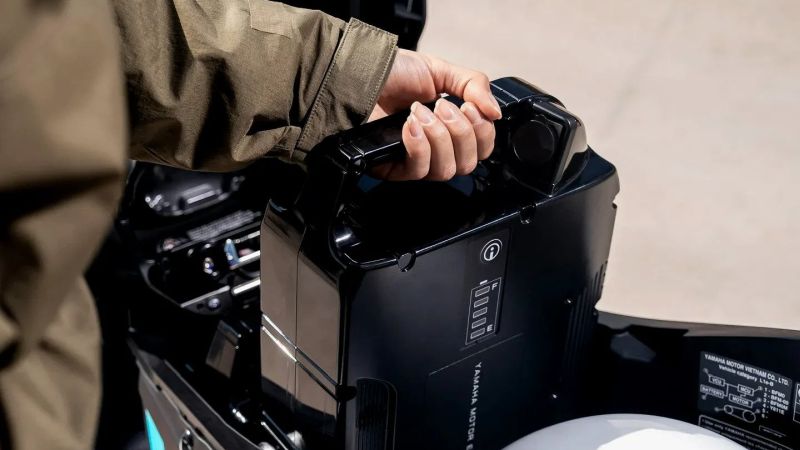
One of the main factors driving the rise of electric motorcycles is the rapid advancement in battery technology. Lithium-ion batteries, which are commonly used in electric motorcycles, have seen significant improvements in energy density and charge times. These advancements have led to increased range and performance, addressing one of the primary concerns of early electric vehicle adopters: limited range and long charging times.
1. Increased Energy Density: One of the key advancements in battery technology is the increase in energy density. This refers to the amount of energy that can be stored in a given volume or weight of a battery. As energy density improves, electric motorcycles can carry more energy in a smaller and lighter battery pack. This translates into longer range and better performance, making electric motorcycles a more viable option for riders.
2. Faster Charging Times: Early electric motorcycles often suffered from long charging times, making them inconvenient for long-distance rides. However, advancements in battery technology have significantly reduced charging times. Fast-charging options are now available, allowing riders to charge their electric motorcycles quickly and get back on the road. Rapid charging solutions can provide a substantial charge in just a matter of minutes, improving the practicality and usability of electric motorcycles.
3. Enhanced Battery Lifespan: Battery degradation and limited lifespan have been concerns for electric vehicle owners. However, ongoing research and development have resulted in improved battery chemistries and management systems, increasing the lifespan of lithium-ion batteries. Manufacturers are now offering warranties on battery packs, providing peace of mind to riders and ensuring that their investment in an electric motorcycle will last for years to come.
4. Scalability and Modularity: Battery technology advancements have also led to greater scalability and modularity. Electric motorcycle manufacturers can design bikes with removable or swappable battery packs, allowing riders to easily extend their range or replace a depleted battery with a fully charged one. This modularity also opens up opportunities for battery upgrades, ensuring that riders can take advantage of future advancements without having to purchase an entirely new motorcycle.
5. Synergies with Other Industries: The advancements in battery technology driven by the electric vehicle industry have also benefited other sectors such as renewable energy and grid storage. As electric motorcycles gain popularity, the demand for improved battery technology increases, leading to further innovation and economies of scale. This, in turn, accelerates the adoption of electric vehicles and renewable energy sources, creating a positive feedback loop for a greener future.
These advancements in battery technology have transformed electric motorcycles from being limited novelties to practical and reliable transportation options. With increased energy density, faster charging times, enhanced lifespan, scalability, and synergies with other industries, electric motorcycles are becoming a compelling choice for riders who seek both sustainability and performance. As battery technology continues to evolve, we can expect even greater improvements in the range, charging times, and overall performance of electric motorcycles
Performance without Compromise
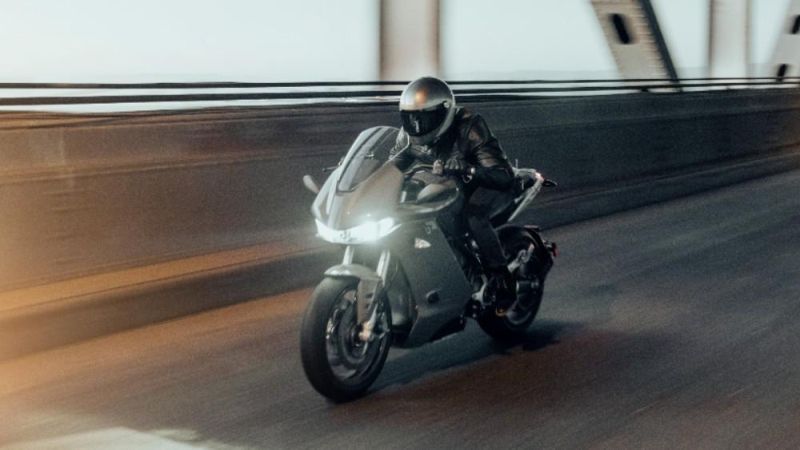
Contrary to popular belief, electric motorcycles are not just for environmentally conscious riders. They offer exhilarating performance and a thrilling riding experience that rivals their gasoline-powered counterparts. Electric motors deliver instant torque, providing impressive acceleration and an adrenaline-filled ride. With advancements in battery technology, electric motorcycles are now capable of achieving comparable top speeds and extended range, making them a viable option for riders who value both performance and sustainability.
Infrastructure and Charging Solutions
As electric motorcycles gain popularity, the need for an extensive charging infrastructure becomes paramount. Fortunately, the charging network for electric vehicles is rapidly expanding, providing convenient charging solutions for riders. From home charging stations to public charging stations, electric motorcycle owners have various options to keep their bikes juiced up. Additionally, advancements in fast-charging technology are reducing charging times, further improving the practicality and convenience of electric motorcycles.
Affordability and Cost Savings
While electric motorcycles may have a higher upfront cost compared to their gasoline counterparts, they offer significant cost savings over time. The price of electricity for charging an electric motorcycle is typically much lower than the cost of gasoline, resulting in reduced operational expenses. Furthermore, electric motorcycles have fewer moving parts and require less maintenance compared to traditional bikes, resulting in long-term cost savings for riders.
Noise Reduction and Community Integration
Motorcycles are often associated with loud engine noises that can disturb both riders and communities. Electric motorcycles provide a quieter and more peaceful riding experience, reducing noise pollution in residential areas and creating a more harmonious coexistence between riders and non-riders. This noise reduction also opens up opportunities for motorcycle-friendly infrastructure and increased acceptance of motorcycles in urban environments.
The rise of electric motorcycles represents a significant shift towards a greener future in the world of two-wheeled transportation. These eco-friendly machines offer a cleaner and more sustainable alternative to traditional gasoline-powered bikes without compromising performance or riding pleasure. Advancements in battery technology, expanding charging infrastructure, cost savings, and reduced environmental impact are all contributing factors to the growing popularity of electric motorcycles. As we embrace these electric steeds, we pave the way for a more sustainable and enjoyable riding experience for generations to come.

